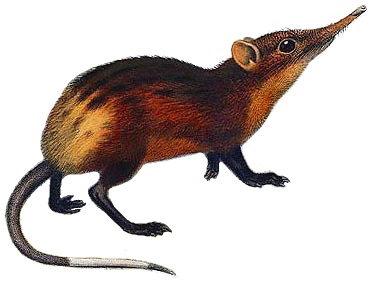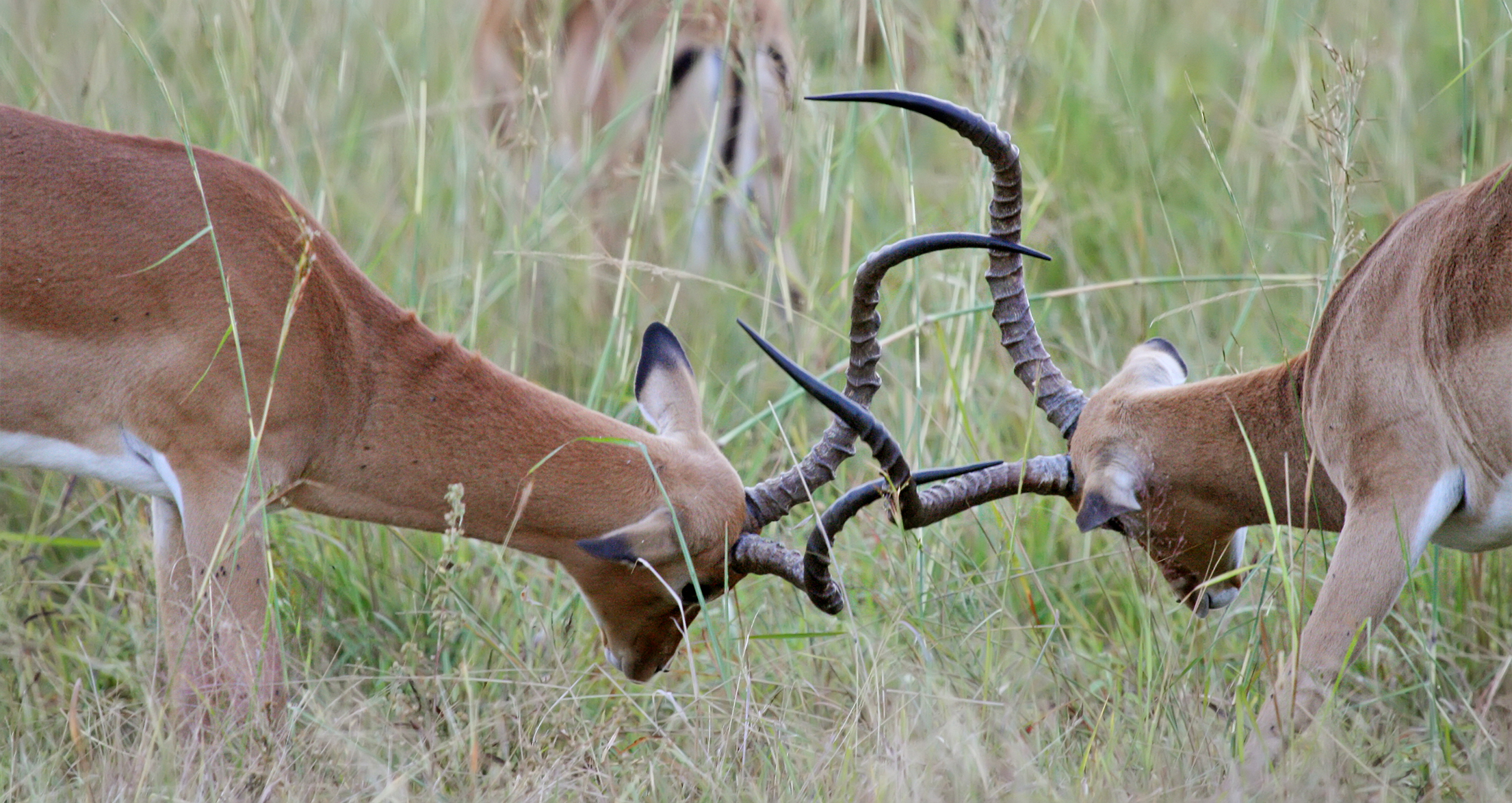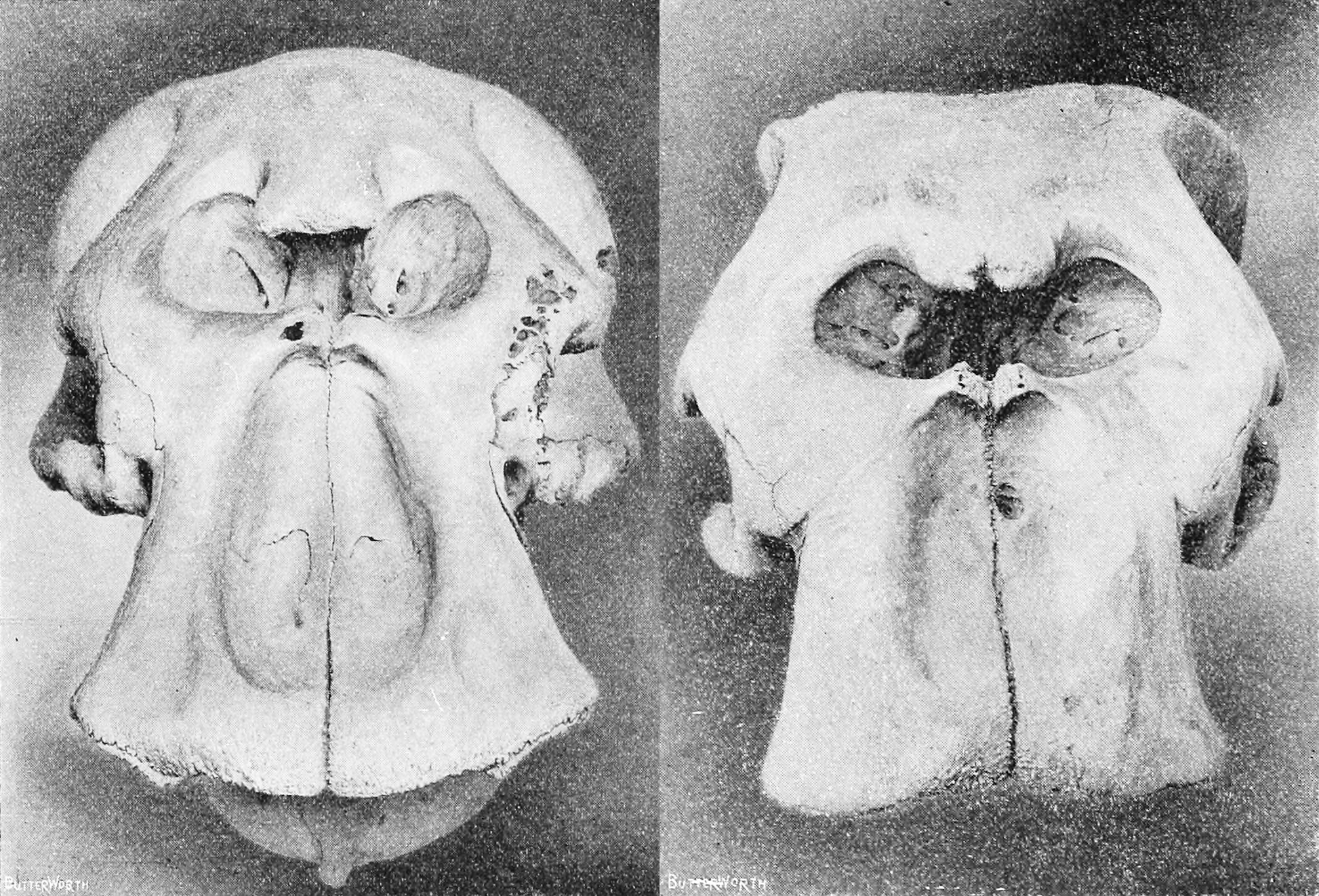|
Musth
Musth or must (from Persian, ) is a periodic condition in bull (male) elephants characterized by aggressive behavior in animals, aggressive behavior and accompanied by a large rise in reproductive hormones. It has been known in Asian elephants for 3 000 years but was only described in African elephants in 1981. Evidence indicates that similar behaviour occurred in extinct proboscideans like gomphotheres and mastodons. Elephants often discharge a thick, tar-like secretion called temporin from the temporal gland during musth. Behavioral management for captive bull elephants in musth includes physical restraint and a starvation diet for several days to a week. Etymology Musth comes from an Urdu term for intoxication; in Persian it means .''The Oxford Dictionary and Thesaurus: American edition'', published 1996 by Oxford University Press; p. 984 Biology Musth has been known in Asian elephants for 3000 years (described in the Rigveda 1500–1000 B.C.) but was recognized in ... [...More Info...] [...Related Items...] OR: [Wikipedia] [Google] [Baidu] |
Elephants
Elephants are the Largest and heaviest animals, largest living land animals. Three living species are currently recognised: the African bush elephant (''Loxodonta africana''), the African forest elephant (''L. cyclotis''), and the Asian elephant (''Elephas maximus''). They are the only surviving members of the Family (biology), family Elephantidae and the Order (biology), order Proboscidea; extinct relatives include mammoths and mastodons. Distinctive features of elephants include a long proboscis called a trunk, tusks, large ear flaps, pillar-like legs, and tough but sensitive grey skin. The trunk is Prehensility, prehensile, bringing food and water to the mouth and grasping objects. Tusks, which are derived from the incisor teeth, serve both as weapons and as tools for moving objects and digging. The large ear flaps assist in maintaining a constant body temperature as well as in communication. African elephants have larger ears and concave backs, whereas Asian elephants hav ... [...More Info...] [...Related Items...] OR: [Wikipedia] [Google] [Baidu] |
Joyce Poole
Joyce Hatheway Poole (born 1 May 1956) is a biologist, ethologist, conservationist, and co-founder/scientific director oElephantVoices She is a world authority on elephant reproductive, communicative, and cognitive behavior. Poole graduated from Smith College in 1979 with a degree in biological sciences and received her PhD in animal behavior from the University of Cambridge in 1982.American Women of Science Since 1900, Volume 1 By Tiffany K. Wayne, Page 768 She began her research with Cynthia Moss in Amboseli in 1975, focusing on male elephants, which culminated in her Cambridge dissertation on the sexual and aggressive phenomenon of musth in male elephants, entitled, ''Musth and male-male competition in the African elephant''. In the mid-1980s Poole and Katherine (Katy) Payne worked together in Amboseli studying elephant vocal communication. This collaboration led to the discovery that African elephants use powerful, very low frequency calls to communicate with one another over ... [...More Info...] [...Related Items...] OR: [Wikipedia] [Google] [Baidu] |
P-Cresol
''para''-Cresol, also 4-methylphenol, is an organic compound with the formula CH3C6H4(OH). It is a colourless solid that is widely used intermediate in the production of other chemicals. It is a derivative of phenol and is an isomer of ''o''-cresol and ''m''-cresol. Production Together with many other compounds, ''p''-cresol is conventionally extracted from coal tar, the volatilized materials obtained in the roasting of coal to produce coke. This residue contains a few percent by weight of phenol and cresols. Industrially, ''p''-cresol is currently prepared mainly by a two-step route beginning with the sulfonation of toluene: :CH3C6H5 + H2SO4 → CH3C6H4SO3H + H2O Basic hydrolysis of the sulfonate salt gives the sodium salt of the cresol: :CH3C6H4SO3H + 2 NaOH → CH3C6H4OH + Na2SO3 + H2O Other methods for the production of ''p''-cresol include chlorination of toluene followed by hydrolysis. In the cymene-cresol process, toluene is alkylated with propene to give ''p''-cy ... [...More Info...] [...Related Items...] OR: [Wikipedia] [Google] [Baidu] |
Asian Elephant
The Asian elephant (''Elephas maximus''), also known as the Asiatic elephant, is the only living ''Elephas'' species. It is the largest living land animal in Asia and the second largest living Elephantidae, elephantid in the world. It is characterised by its long Elephant trunk, trunk with a single finger-like processing; large tusks in males; laterally folded large ears and wrinkled grey skin that is partly depigmented on the trunk, ears or neck. Adult males average in weight and females . It has a large and well developed neocortex of the brain, is highly intelligent and self-aware being able to display behaviours associated with grief, learning and greeting. Three subspecies are recognised—''Sri Lankan elephant, E. m. maximus'', Indian elephant, ''E. m. indicus'' and ''Sumatran elephant, E. m. sumatranus''. The Asian elephant is distributed in the Indian subcontinent and Southeast Asia, from India in the west to Borneo in the east, and Nepal in the north to Sumatra in th ... [...More Info...] [...Related Items...] OR: [Wikipedia] [Google] [Baidu] |
Temporin
In elephants, temporin is the visible liquid secreted by temporal glands. It contains proteins, lipids (notably cholesterol), phenols, cresols and sesquiterpenes (notably farnesol and its derivatives). Temporin has a communicative function among elephant individuals in a group. In male elephants, temporin is secreted more during the period of musth, a period of heightened sexual arousal and dominance behavior. Of note, not all temporal gland excretions in African elephant bulls do necessarily represent the musth phase. Female elephants also secrete temporin: African females secrete it quite freely, whereas Asian females secrete it in advanced stage of pregnancy or soon after calving. In old Sanskrit Sanskrit (; stem form ; nominal singular , ,) is a classical language belonging to the Indo-Aryan languages, Indo-Aryan branch of the Indo-European languages. It arose in northwest South Asia after its predecessor languages had Trans-cultural ... texts, temporin has been ref ... [...More Info...] [...Related Items...] OR: [Wikipedia] [Google] [Baidu] |
Rut (mammalian Reproduction)
The rut (from the Latin ''rugire'', meaning "to roar") is the mating season of certain mammals, which includes ruminants such as deer, sheep, camels, goats, pronghorns, bison, giraffes and antelopes, and extends to others such as skunks and elephants. The rut is characterized in males by an increase in testosterone, exaggerated sexual dimorphisms, increased aggression, and increased interest in females. The males of the species may mark themselves with mud, undergo physiological changes or perform characteristic displays in order to make themselves more visually appealing to the females. Males also use olfaction to entice females to mate using secretions from glands and soaking in their own urine. During the rut (known as the ''rutting period'' and in domestic sheep management as '' tupping''), males often rub their antlers or horns on trees or shrubs, fight with each other, wallow in mud or dust, self-anoint, and herd estrus females together. These displays make the ma ... [...More Info...] [...Related Items...] OR: [Wikipedia] [Google] [Baidu] |
Estrus
The estrous cycle (, originally ) is a set of recurring physiological changes induced by reproductive hormones in females of mammalian subclass Theria. Estrous cycles start after sexual maturity in females and are interrupted by anestrous phases, otherwise known as "rest" phases, or by pregnancies. Typically, estrous cycles repeat until death. These cycles are widely variable in duration and frequency depending on the species.Bronson, F. H., 1989. Mammalian Reproductive Biology. University of Chicago Press, Chicago, IL, USA. Some animals may display bloody vaginal discharge, often mistaken for menstruation. Many mammals used in commercial agriculture, such as cattle and sheep, may have their estrous cycles artificially controlled with hormonal medications for optimum productivity. The male equivalent, seen primarily in ruminants, is called rut. Differences from the menstrual cycle Mammals share the same reproductive system, including the regulatory hypothalamic system tha ... [...More Info...] [...Related Items...] OR: [Wikipedia] [Google] [Baidu] |
African Elephant
African elephants are members of the genus ''Loxodonta'' comprising two living elephant species, the African bush elephant (''L. africana'') and the smaller African forest elephant (''L. cyclotis''). Both are social herbivores with grey skin. However, they differ in the size and colour of their tusks as well as the shape and size of their ears and skulls. Both species are at a pertinent risk of extinction according to the IUCN Red List; as of 2021, the bush elephant is considered endangered while the forest elephant is considered critically endangered. They are threatened by habitat loss and fragmentation, along with poaching for the illegal ivory trade in several range countries. ''Loxodonta'' is one of two extant genera in the family Elephantidae. The name refers to the lozenge-shaped enamel of their molar teeth. Fossil remains of ''Loxodonta'' species have been found in Africa, spanning from the Late Miocene (from around 7–6 million years ago) onwards. Etymology T ... [...More Info...] [...Related Items...] OR: [Wikipedia] [Google] [Baidu] |
Phenol
Phenol (also known as carbolic acid, phenolic acid, or benzenol) is an aromatic organic compound with the molecular formula . It is a white crystalline solid that is volatile and can catch fire. The molecule consists of a phenyl group () bonded to a hydroxy group (). Mildly acidic, it requires careful handling because it can cause chemical burns. It is acutely toxic and is considered a health hazard. Phenol was first extracted from coal tar, but today is produced on a large scale (about 7 million tonnes a year) from petroleum-derived feedstocks. It is an important industrial commodity as a precursor to many materials and useful compounds, and is a liquid when manufactured. It is primarily used to synthesize plastics and related materials. Phenol and its chemical derivatives are essential for production of polycarbonates, epoxies, explosives such as picric acid, Bakelite, nylon, detergents, herbicides such as phenoxy herbicides, and numerous pharmaceuti ... [...More Info...] [...Related Items...] OR: [Wikipedia] [Google] [Baidu] |
Temporal Bone
The temporal bone is a paired bone situated at the sides and base of the skull, lateral to the temporal lobe of the cerebral cortex. The temporal bones are overlaid by the sides of the head known as the temples where four of the cranial bones fuse. Each temple is covered by a temporal muscle. The temporal bones house the structures of the ears. The lower seven cranial nerves and the major vessels to and from the brain traverse the temporal bone. Structure The temporal bone consists of four parts—the squamous, mastoid, petrous and tympanic parts. The squamous part is the largest and most superiorly positioned relative to the rest of the bone. The zygomatic process is a long, arched process projecting from the lower region of the squamous part and it articulates with the zygomatic bone. Posteroinferior to the squamous is the mastoid part. Fused with the squamous and mastoid parts and between the sphenoid and occipital bones lies the petrous part, which is shaped li ... [...More Info...] [...Related Items...] OR: [Wikipedia] [Google] [Baidu] |
Proteins
Proteins are large biomolecules and macromolecules that comprise one or more long chains of amino acid residues. Proteins perform a vast array of functions within organisms, including catalysing metabolic reactions, DNA replication, responding to stimuli, providing structure to cells and organisms, and transporting molecules from one location to another. Proteins differ from one another primarily in their sequence of amino acids, which is dictated by the nucleotide sequence of their genes, and which usually results in protein folding into a specific 3D structure that determines its activity. A linear chain of amino acid residues is called a polypeptide. A protein contains at least one long polypeptide. Short polypeptides, containing less than 20–30 residues, are rarely considered to be proteins and are commonly called peptides. The individual amino acid residues are bonded together by peptide bonds and adjacent amino acid residues. The sequence of amino acid ... [...More Info...] [...Related Items...] OR: [Wikipedia] [Google] [Baidu] |
Lipid
Lipids are a broad group of organic compounds which include fats, waxes, sterols, fat-soluble vitamins (such as vitamins A, D, E and K), monoglycerides, diglycerides, phospholipids, and others. The functions of lipids include storing energy, signaling, and acting as structural components of cell membranes. Lipids have applications in the cosmetic and food industries, and in nanotechnology. Lipids are broadly defined as hydrophobic or amphiphilic small molecules; the amphiphilic nature of some lipids allows them to form structures such as vesicles, multilamellar/ unilamellar liposomes, or membranes in an aqueous environment. Biological lipids originate entirely or in part from two distinct types of biochemical subunits or "building-blocks": ketoacyl and isoprene groups. Using this approach, lipids may be divided into eight categories: fatty acyls, glycerolipids, glycerophospholipids, sphingolipids, saccharolipids, and polyketides (derived from condensatio ... [...More Info...] [...Related Items...] OR: [Wikipedia] [Google] [Baidu] |




